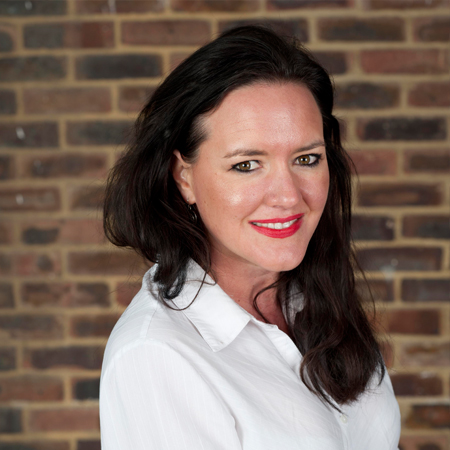Whether it is a chain hotel that offers the weary business traveller reassurance in its familiarity, or a boutique hotel that is the next “must stay” destination on people’s radars, consumers are expecting very high standards, and this will quickly have an impact on a hotel’s ratings and profitability, if these are not met.
I am not just talking about tired paintwork, sagging beds and indifferent staff having a negative influence on ratings. The bigger picture is that hotels are becoming more like hubs, serving a wider community and therefore needing to offer much more than merely somewhere to sleep. It is becoming increasingly important that hotels are relevant, up to date and of a high standard that is demanded by today’s customers, in order to stay ahead of the competition. This has the potential to increase a hotel’s overall revenue, but it comes at a cost, because the average life cycle for a hotel to be “trendy” is up to seven years and after this, the perception quickly starts to change.
A hotel which might have been a desirable place to stay several years ago, will inevitably start to look tired and out of date. The speed with which technologies, styles and trends evolve and progress is remarkable, even food and beverage tastes have changed. Think of how gin has exploded in popularity and become the current “big thing”, with trendy gin bars popping up everywhere – whereas a few years ago it was a decidedly indistinct beverage.
The truth of it is that people are fickle and things that appear to be out of date, quickly start to lose their appeal – and their market share to their competitors. It has also been shown that hotels that undergo a rejuvenation after approximately seven years, are least likely to experience a dip in profit. So it is essential that hotel owners plan ahead, anticipating the need for change and defining a phase of processes and budgeting accordingly.
Although it is not always easy to predict how tastes and expectations of customers change, keeping an eye on trends and appointing an experienced designer will help deliver an environment and experience that is as accurate and engaging as possible. Something we are seeing a significant change to in recent years, is how ancillary hotel space is transforming. We are increasingly seeing ground floor space being fully maximized and utilised in a variety of new ways, to become areas with purpose in their own right and helping to increase dwell time. This includes areas being given over to create work spaces, and an increase in the quality and importance of wellness centers; while bars and restaurants are becoming destinations that attract a host of customers beyond just hotel residents.
It is estimated that hoteliers need to start planning for this change as soon as three or four years ahead of the seven-year cut-off time. Having a strong procurement plan and committing to a programme with realistic deliverables and time-scales is essential. This is where it is essential to obtain the support of an experienced Project Management and Cost Management team.
After all, there is no point in undertaking a rejuvenation scheme if it becomes sabotaged by spiraling costs and unnecessary delays. Working alongside a design team, they can utlise their experience to ensure that realistic solutions are achieved, without compromising on the creative elements that will give a hotel its own robust brand identity and customer appeal.
It also helps if the combined skills of project management, quantity surveying and interior designer fall within one company, such as here at rpa:group. Having a fully integrated services means that the rejuvenation process will benefit from a set of strong transferable skills and informed decision making, which ultimately leads to a saving on cost and time – something any hotel owner values highly.

